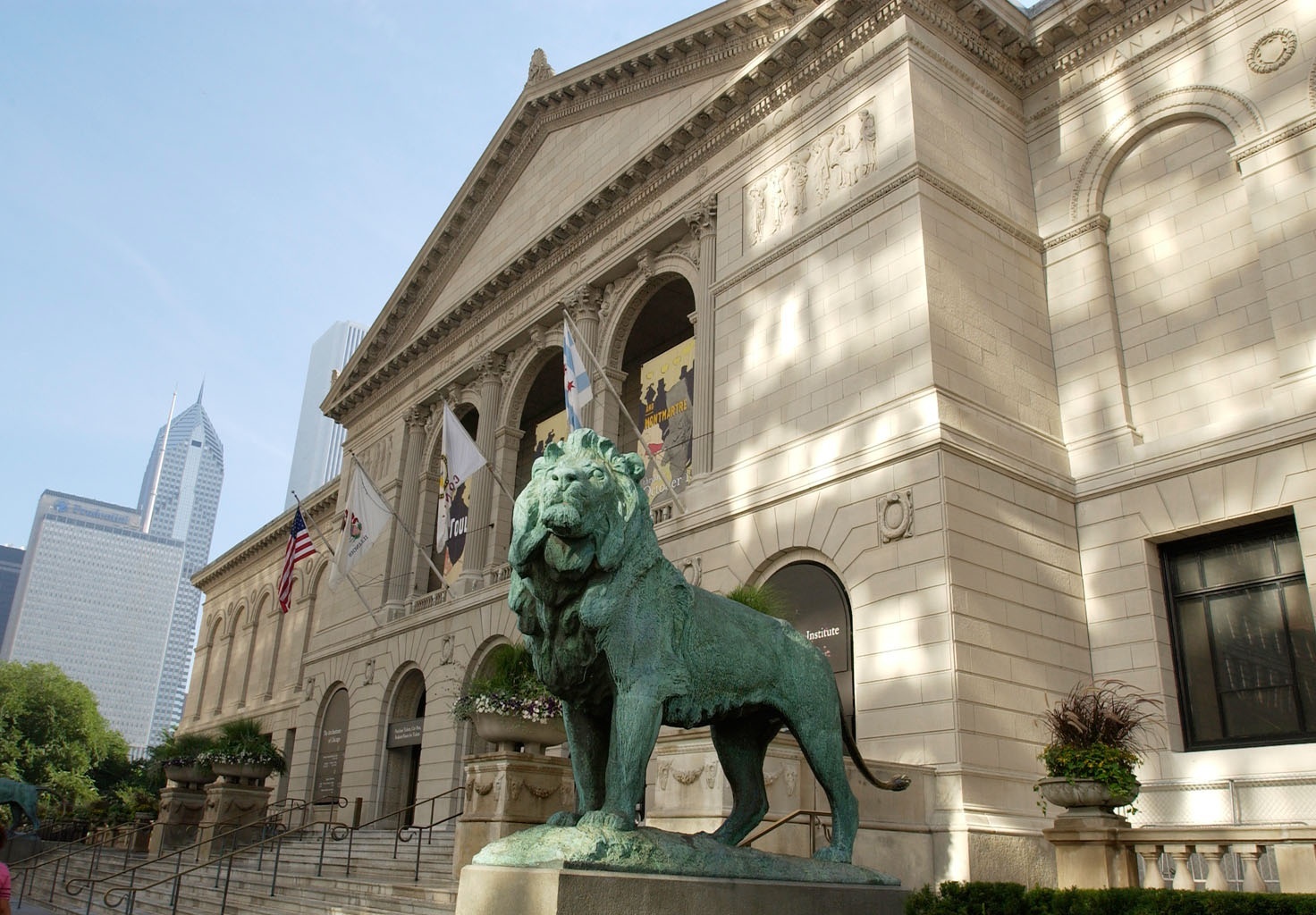Jun 25 2017 - Sep 10 2017
Chicago, IL
“It’s precisely an endless kind of art that I’m interested in, rich in all sorts of techniques, suitable for translating all the emotions of nature and humanity.” —Paul Gauguin, 1903
Best known for his paintings of women in idyllic Tahitian settings, Paul Gauguin (1848–1903) was an artist whose career spanned the globe and whose works defy categorization. In his self-portrait, he chose to represent himself as an artist who excelled in both two and three dimensions, flanking his image with one of his most iconic paintings, The Yellow Christ (1889), and one of his most important ceramics Self-Portrait in Form of a Grotesque Head (1889). This exhibition—organized by the Art Institute of Chicago and the Musée d’Orsay, Paris—is the first to delve into his radical experiments in the applied arts, underscoring his highly personal achievements not only as a painter but also as a sculptor, ceramist, printmaker, and decorator.
Utilizing new research into his working processes, the exhibition sheds light on his identity as an artist-artisan looking at moments when he stood at an artistic crossroads—periods of transition and breakthrough—and found new direction by exploring unconventional media and methods.
From his early years still grappling with Impressionism (1877–86), to his time in Brittany and Martinique (1886–91), to his first trip to Tahiti (1891–93), to his return to Paris (1893–95), and to his last years in Tahiti and Hiva Oa (1895–1903), Gauguin adapted his progressive and unique approach to the materials of each location and developed ingenious processes in response to various physical or financial limitations—and sometimes simply out of his desire to do what no artist had done before.
The exhibition features some 240 works, including the largest-ever public presentation of his ceramics, the reunion and display of related works side-by-side, and a selection of ethnographic objects to reveal his sources of inspiration. All together, these works attest to Gauguin being an artist with expansive notions on what art should be, one who embraced multimedia, installation, and found objects long before these concepts were considered artistic practices.
After its debut at the Art Institute, the exhibition travels to the Grand Palais in Paris.
Credit: Exhibition overview from museum website
"Because i saw it mentioned on ArtGeek, I went to see the Gauguin exhibit at the Art Institutewhen I was in Chicago this week. I have never seen an exhibit that made me think: "Wow! Who curated this??" It is the most informative exhibit about an artist's process I have ever seen. [...] And the objects and painting were pulled together from a huge variety of sources."
5 star review, by J.E., an art geek from DC
Whether or not you go, Gauguin: Artist as Alchemist surveys the full scope of his career-spanning experiments in different media and formats—clay, works on paper, wood, and paint, as well as furniture and decorative friezes. The publication delves into his enduring interest in craft and applied arts, reflecting on their significance to his creative process, drawing on extensive new research into the artist’s working methods, and presenting him as a consummate craftsman—one whose transmutations of the ordinary yielded new and remarkable forms.
Beautifully designed and illustrated, this book includes essays by an international team of scholars who offer a rich analysis of Gauguin’s oeuvre beyond painting. By embracing other art forms, which offered fewer dominant models to guide his work, Gauguin freed himself from the burden of artistic precedent. In turn, these groundbreaking creative forays, especially in ceramics, gave new direction to his paintings. The authors’ insightful emphasis on craftsmanship deepens our understanding of Gauguin’s considerable achievements as a painter, draftsman, sculptor, ceramist, and print-maker within the history of modern art.
Click Gauguin: Artist as Alchemist to place this book in your Amazon shopping cart.
Exhibition Venues & Dates
Jun 25 2017 - Sep 10 2017
Chicago, IL

